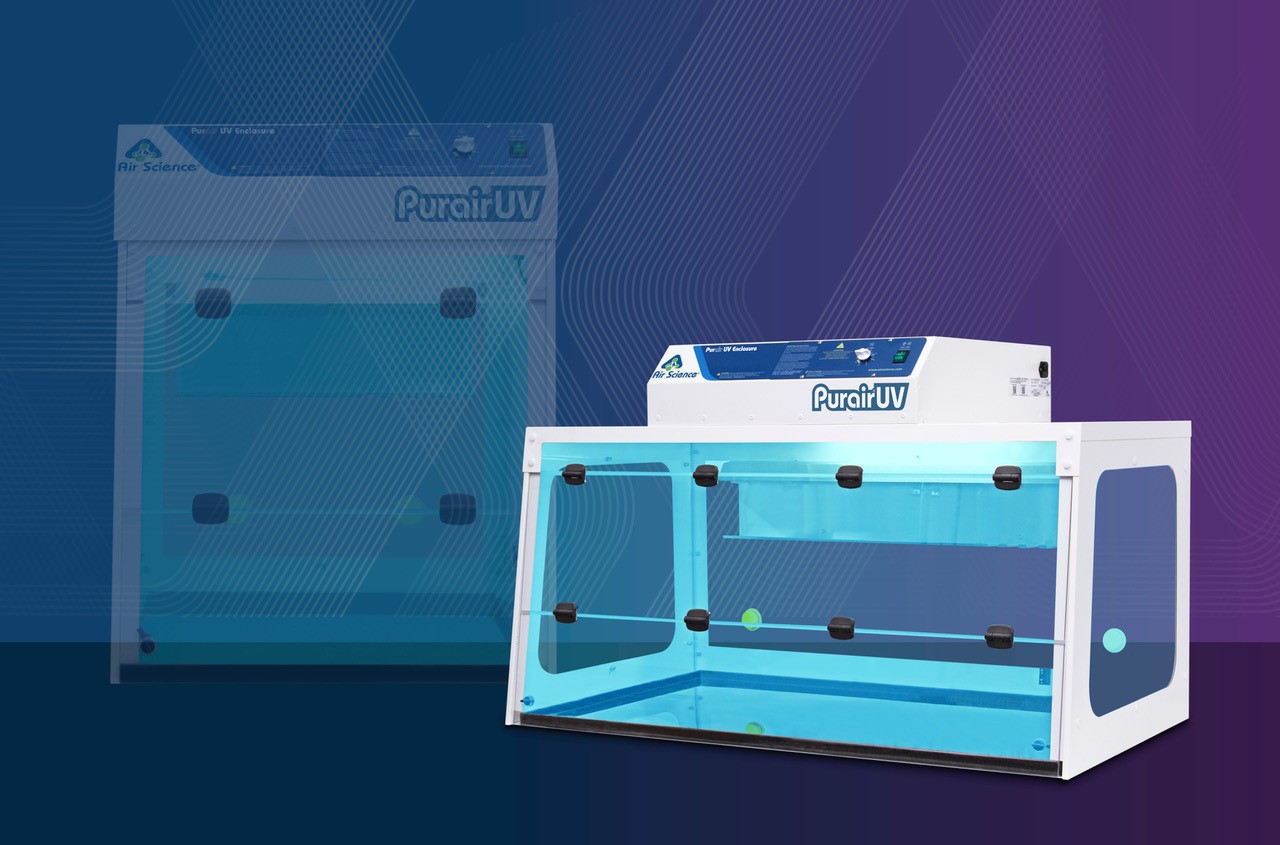
The integrity of the Polymerase Chain Reaction (PCR) relies on absolute precision and contamination control. Because the technique is designed to amplify even a single strand of DNA, the introduction of a contaminant, such as airborne dust or amplified product (amplicon) from a previous run, can lead to unreliable results and false positives.
For labs needing an economical and highly effective solution for this specific challenge, the Dead Air Box is an indispensable tool.
The “Dead Air” Principle
A Dead Air Box is a non-ventilated, sealed enclosure, typically constructed from clear, UV-reflective materials like acrylic or polycarbonate.
The principle is simple: no moving air. By creating an isolated environment with still, or “dead,” air, the box acts as a passive barrier, preventing ambient laboratory air currents and drafts from sweeping airborne particulates onto your sensitive reagents and samples.
The Role of Germicidal UV Light
A critical feature of dead air boxes is 254nm UV light for sterilization. While static air provides a passive barrier during sample preparation, the the UV light is the active decontamination agent between uses.
When activated (always with the sash closed for safety), the Purair® UV Dead Air Box uses UV light to irradiate the interior surfaces of the chamber. This process effectively decontaminates residual DNA and RNA molecules, destroying the contaminants that can cause issues in PCR reliability.
Conclusion
The Purair UV Dead Air Box is a fundamental piece of equipment in labs. It provides a crucial, static, and easily decontaminated workspace for preparing sensitive reactions like PCR. While simple, its use, combined with strict aseptic technique and routine UV decontamination, is essential for minimizing cross-contamination and ensuring the accuracy of your results.
Learn more about the Purair UV Dead Air Box or shop for select models on ductless.com.
